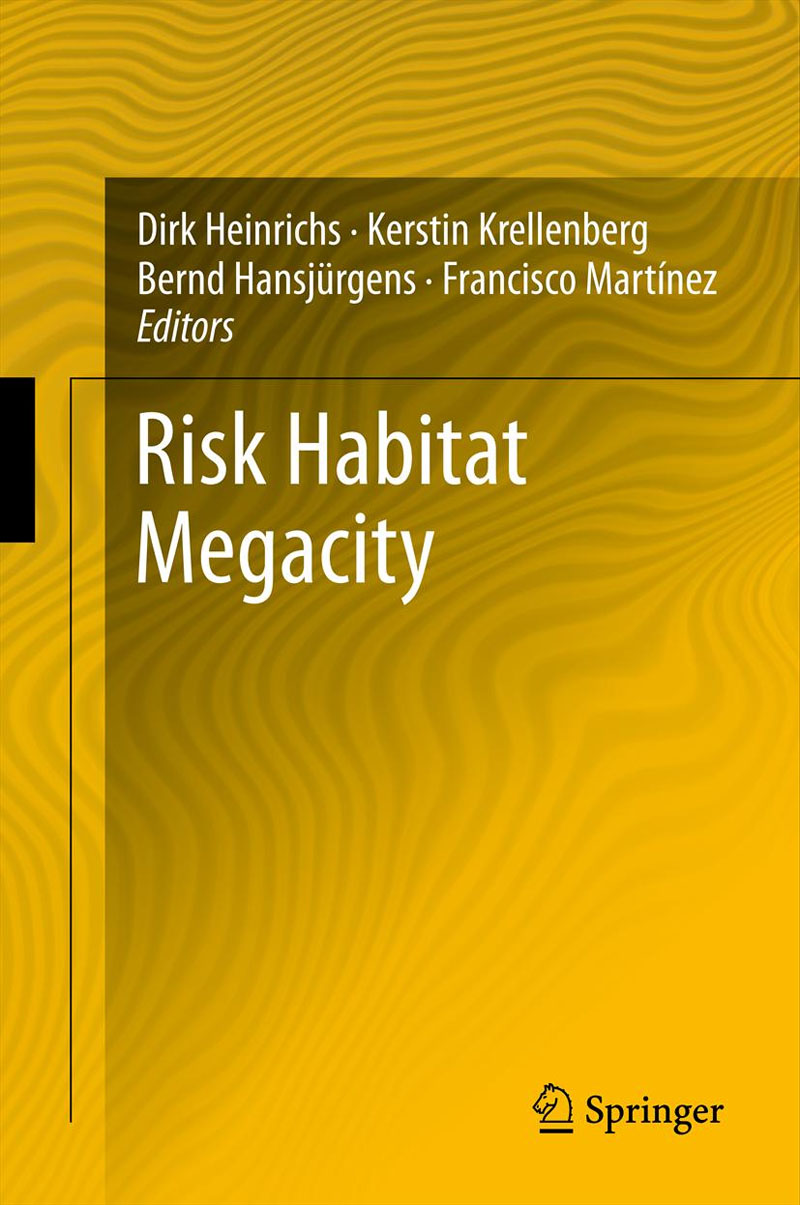Strategies for Sustainable Development in Megacities and Urban Agglomerations
A Helmholtz Research Initiative 2007 - 2011
Results
The initiative led to a variety of results in the different topics, i.e., empirical findings, methods, models, tools and measures associated with the fields of application and problems under review. At the overall level of the initiative, the most important outcomes for the first implementation phase and its case study are:
- a set of operable sustainability indicators for all topics, representative for Latin American megacities,
- a database for these indicators and other relevant issues,
- a proposal for a consistent sustainable development strategy for Santiago de Chile,
- a documentation of risks across the fields of application and recommendations for the appropriate consideration of the most pressing current and future risks in urban management,
- a refined analytical concept for transfer to other Latin American megacities and
- training of young scientists in interdisciplinary and problem-oriented research as an integral part of Risk Habitat Megacity.
Application of results/outputs beyond the scientific community
The dissemination of the major outcomes takes various forms and is geared to specific groups. We share results with the scientific community through joint publications, use the intended annual conference as a forum for scientific exchange and discussion, and integrate the initiative and its results into existing or specifically designed academic courses. A synthesis report available in English and Spanish, addressing stakeholders, in particular policy-makers and local authorities, is available and distributed in Santiago de Chile and at the regional level through the ![]()
![]() United Nations Economic Commission for Latin America and the Carribean (ECLAC/CEPAL).
United Nations Economic Commission for Latin America and the Carribean (ECLAC/CEPAL).
All results and conclusions be available in the book “Risk Habitat Megacity - The case of Santiago de Chile” that was published by Springer in 2011.![]()
![]() Link to Publisher
Link to Publisher
In addition, annual conferences provided a science policy window for continuous dialogue on the results of the initiative. Finally, societal groups had the opportunity to participate in these conferences and to contribute to the debate from their respective points of view.
